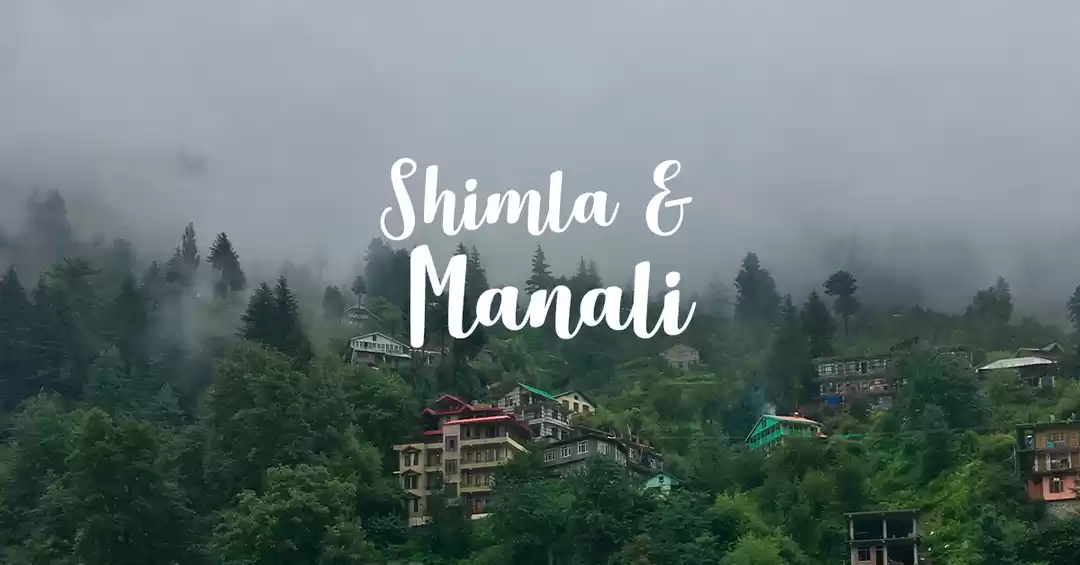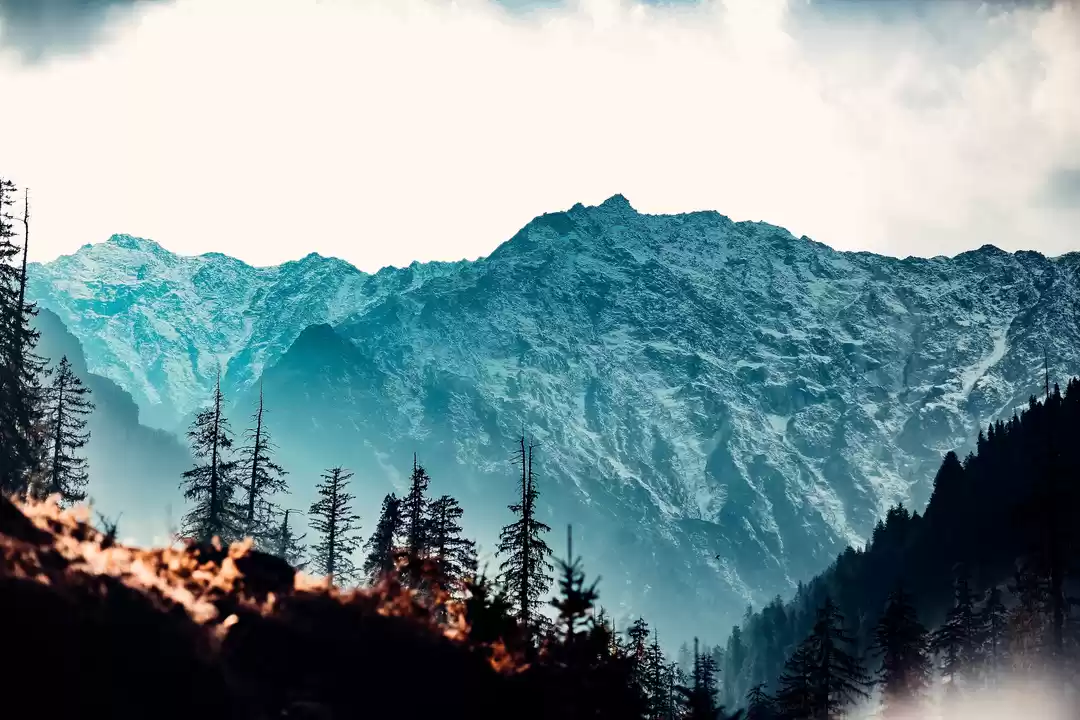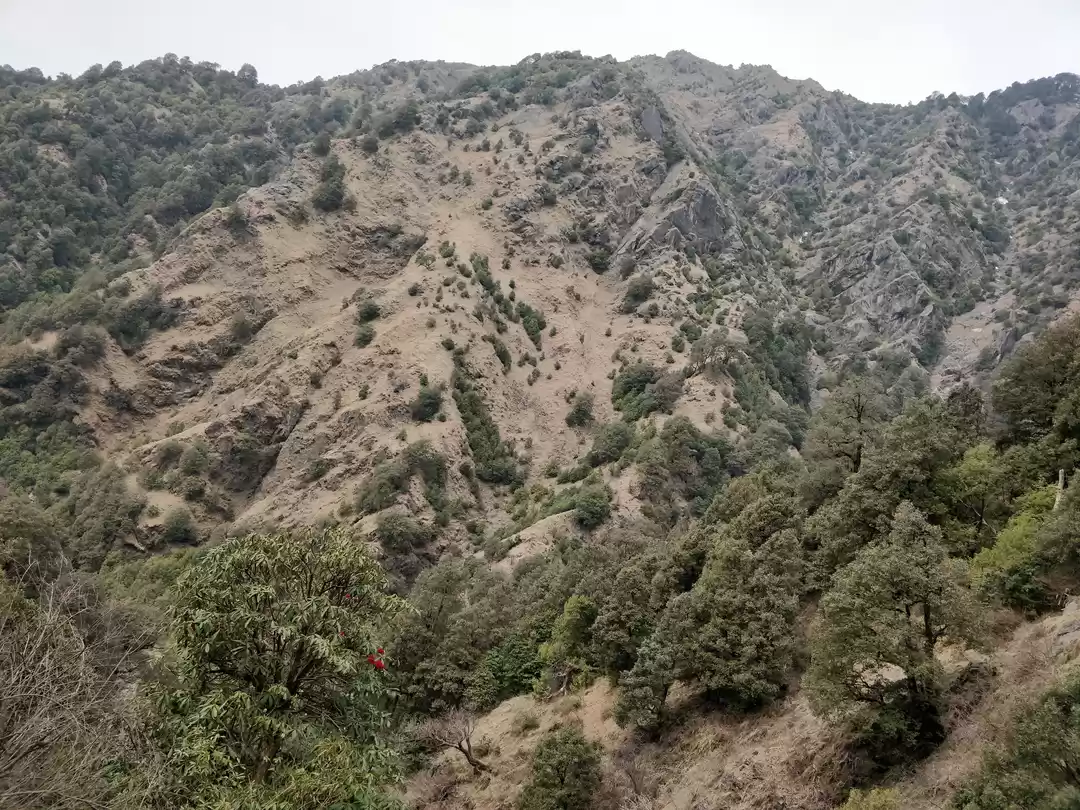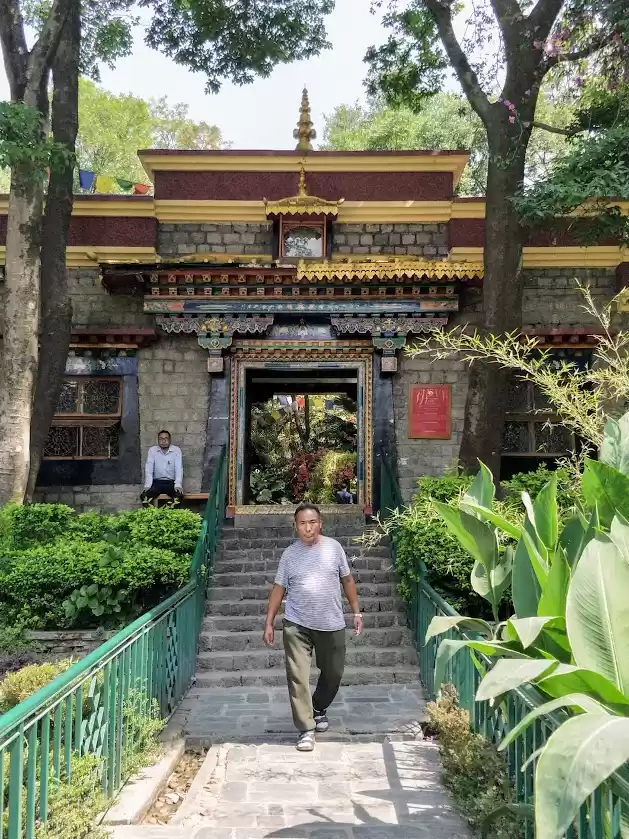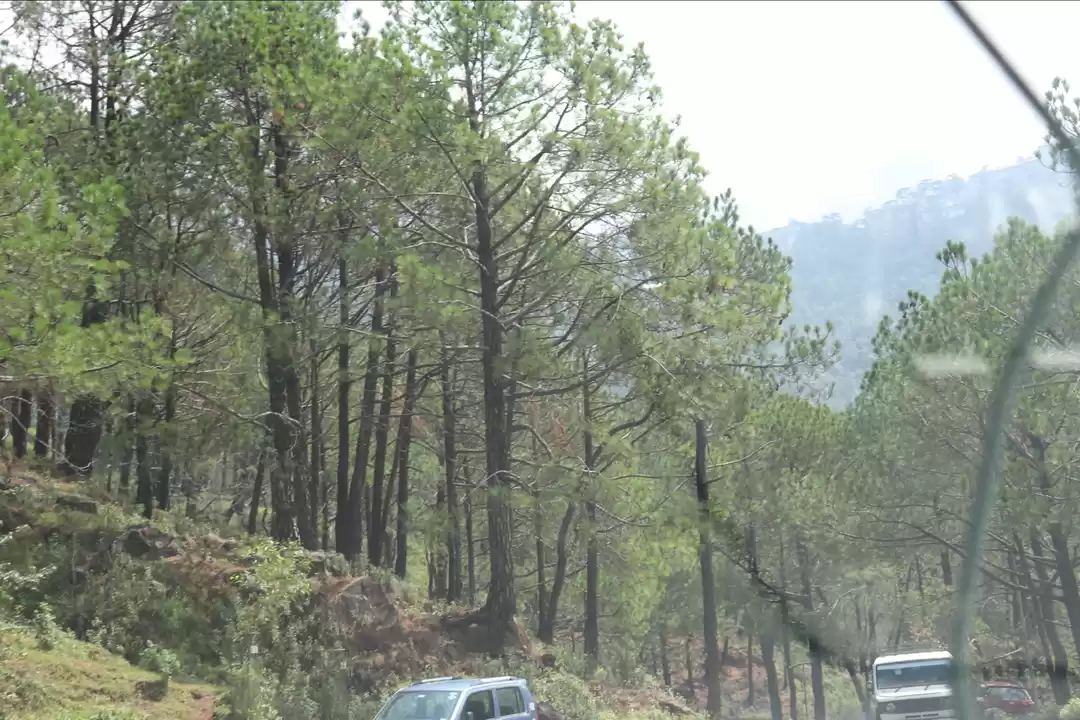Romance with Himachal is not yet over. Evening is quite chilly in the third week of November. McLeodganj, being on the top of the hill is colder than Dharamshala. Mcleodganj has its own charm. From Thangkas to prayer wheels, jewelleries, incense sticks, Tibetan art and crafts, woollen garments, shawls made up of yak wool, everything is available in McLeodganj market. It is better to buy these Tibetan stuffs from McLeodganj as in Dharamshala where we later moved, could not find any such beautiful items.
Next day after reaching here, we strolled in the market and got hold of some books on Tibetan folklores, festival and folk culture, Tibetan incense sticks made of medicinal herbs and Tibetan shawl made up of yak wool and some other knick-knack. We also looked into the open stalls of hawkers selling Tibetan jewellery, artefacts etc and I must admit they are really tempting. After a quick exploration of the shops, we were heading towards the hotel but stopped by a roadside open space. The sun was ready to set, the misty mountains all around bidding adieu.

Like us, many slowly halted, sat on the stones and took out their cameras. The sound that gradually became louder was only that of the endless shutter clicks. Experiencing a sunset is always like saying goodbye to dear ones. The sun melted away in mountains and so my heart!


The next day we were planning to visit Jwalamukhi temple, one of the 51 Shaktipeeths, a sacred pilgrimage of the Hindus and the Kangra fort. According to mythology, the Jwalamukhi temple is the place where the tongue of Sati fell after the Dakshya Yajna. The Goddess manifests here as small blue flame (representing the tongue) which appears out through the crevices in rock. I have visited some other Shaktipeeths in Eastern India but this place is a new experience for me. It took nearly one and half hours to reach Jwalaji. Our car was parked in HPTDC car parking area. I would like to mention here that throughout our trip in Himachal, we stayed in HPTDC hotels and sought their help while travelling in different sightseeing places and we were quite happy with their hospitality and room service.

It was a short walk from the hotel to the temple. We have to pass through a market area with all the small shops mainly selling Puja items. When we reached the temple courtyard, already there was a big queue for Darshan and the devotees are stopped at distance before they could reach the main temple hall. But the long halt was pleasurable too. We enjoyed the singing of Bhajans by the devotees. The songs with devotional touch and yearning for God reverberate throughout the premises. This feeling of oneness with the fellow devotees and a feeling of universal equality simply swept away our heart. I felt that the pilgrimage is not just Darshan of holy shrine and attaining a step towards moksha, it is more than that. It is a journey to feel that we are also a part of the bigger energy; we are all connected with an invisible thread. We all are equal and alike before the Almighty.
When we reached Kangra fort from Jwalaji it was around 4pm and while approaching the fort we could see the fort from distance as if a crown on the top of a mountain. I was wondering about its strategic position and how it was possible to build such a magnificent fort in that location.










History says it is probably the most ancient fort of India and the largest one in the Himalayas. The fort's history is so old that it links its past with mythology. It was built by Rajanaka Susharma Chandra of Katoch dynasty after he was defeated in the battle of Mahabharata, being the allies of Kauravas. Built on the confluence of two rivers, Banganga and Majhi River, the fort has been attacked several times and it remained as a prize catch for the ruler who wished to control the Kangra valley. Some of the doors or Darwajas of the fort bear the name of the ruler who captured them like Jahangiri Darwaza, Ranjit Singh Darwaja etc. We came across the gates Ahani Darwaja, Amiri Darwaja as we proceeded inside and when we entered through the Jahingiri gate, the Kangra valley appeared more spectacular.
The Dhauladhars reaching the skies , the golden hue over the lush green valley, mountains with curved roads, all we could see from the terrace of the of the fort. Along with other visitors we moved further inside. The Darshani darwaja lead into the temple courtyard.
The ruins of the stone carved Laxminarayan temple is a major attraction here. Ambika Devi temple and a Jain Temple are the other two important temples here which need special mention.
From the temple courtyard a staircase goes upwards to the palace courtyard. This is the topmost position of the fort. From here we got a wonderful panoramic view of the surrounding Kangra valley.
Up above the world so high in a royal setting with a clear blue sky, we were greeted by the king of the sky, soaring high and high and announcing its presence with its majestic call, the one and only Eagle.
This post was originally published on Jayati's Blog.



